Famous People with Color Blindness: Exciting lifepaths
In a world characterized by the vibrant spectrum of colors, the experiences of color-blind individuals offer a unique perspective on life. Celebrities, revered for their talents and accomplishments, are not exempt from the diverse ways in which color blindness manifests. This article delves into the fascinating realm of celebrities with color blindness, shedding light on their personal journeys, challenges faced in the public eye, and the extraordinary ways in which they navigate a world.
What is color blindness
Color blindness, or color vision deficiency, occurs when an individual perceives colors differently than the majority of people. This condition often makes it challenging to distinguish between specific colors. Typically, color vision deficiency has a hereditary component, running in families. While there is no cure for this condition, specialized glasses and contact lenses can aid individuals in discerning differences between colors. In most cases, those with color vision deficiency can engage in everyday activities without significant challenges.
Famous people who are color blind
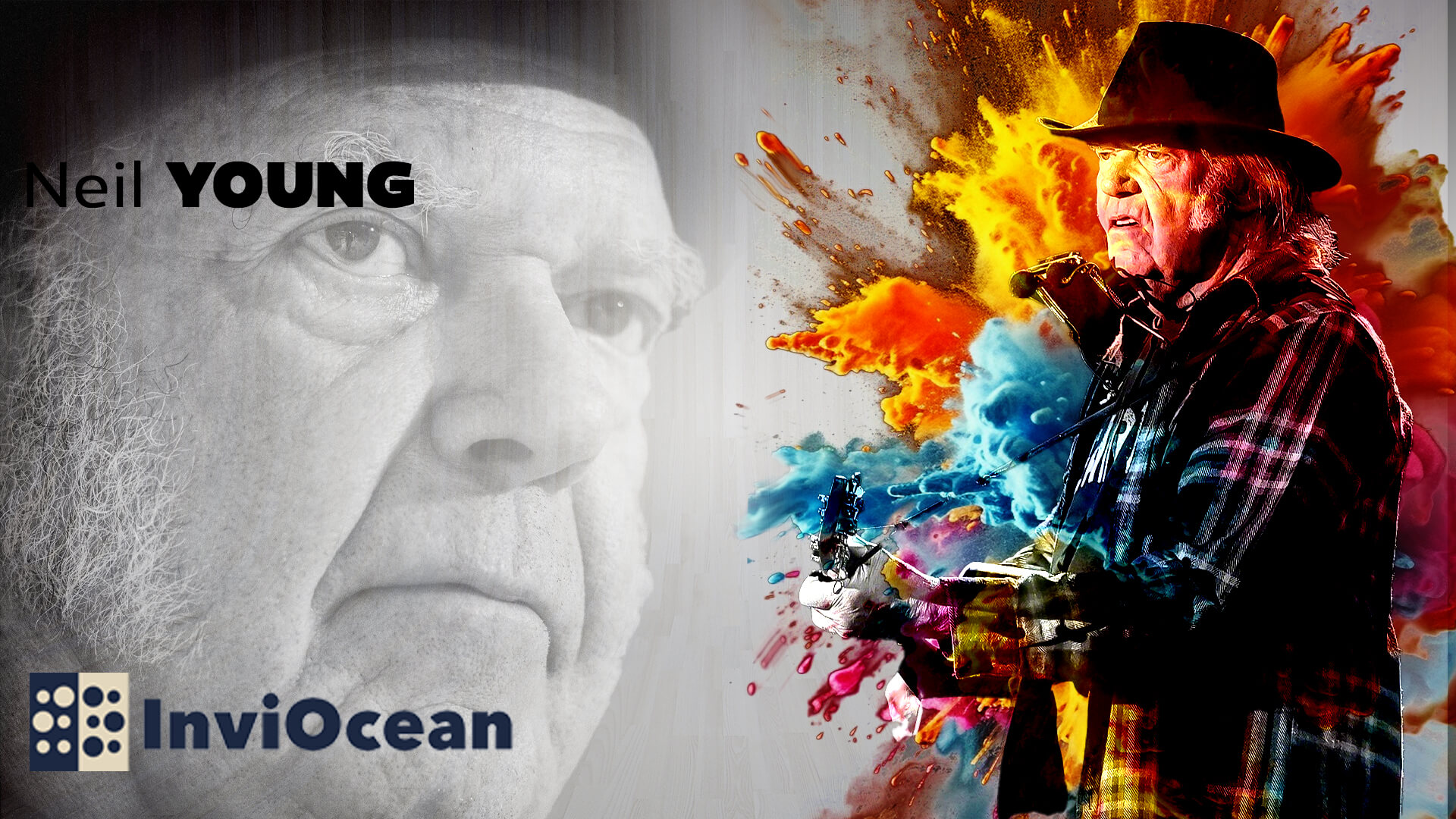
Neil Young
Born on November 12, 1945, Young has achieved iconic status in the world of music with a career spanning decades. His contributions to rock and folk music are well-known. However, perspective as someone with color vision deficiency was not well known to others. Many colorblind celebrities have overcome challenges to excel in their respective fields. In a time when many of his contemporaries were shaping the musical landscape, Young overcame additional difficulties due to his color vision deficiency.
As he delved into painting later in life, Young confronted and conquered the limitations imposed by his color blindness. This aspect of his journey adds a distinctive layer to his artistic narrative, showcasing not only his musical talents but also his determination to excel in various creative realms despite the obstacles presented by his visual condition.

Bill Gates
Bill Gates, born on October 28, 1955, in Seattle, Washington, is a renowned American business magnate, software developer, philanthropist, and author. Co-founder of Microsoft Corporation, he played a pivotal role in the personal computer revolution of the 1970s and 1980s, contributing to the widespread use of PCs. Numerous famous colorblind people, including actors and musicians, have shared their experiences with color vision deficiency. In a 2006 interview, Gates revealed that he is color-blind, adding a personal touch to his public image.
Beyond his achievements in technology, Gates is famous for his significant philanthropic efforts. In 2000, he and his then-wife Melinda established the Bill & Melinda Gates Foundation, one of the world’s largest private charitable foundations. The foundation focuses on global health, education, and poverty alleviation, aiming to address pressing issues and improve the quality of life for millions around the world.
Find out whether color blind glasses can change how you see colors — read the blog.

Keanu Reeves
Keanu Reeves, a versatile actor and cultural icon, has captivated audiences worldwide with his talent, humility, and enigmatic persona. Born on September 2, 1964, in Beirut, Lebanon, Reeves experienced a diverse upbringing. He lived in various locations before settling in Toronto, Canada.
In addition to his acting prowess, Reeves is famous for his humility and generosity. Despite his fame and success, he maintains a down-to-earth lifestyle. He is often praised for his kindness and respect towards fans and colleagues alike. The actor is red-green color-blind and has stated that it affects his ability to match his clothes. His dedication to his profession, coupled with his philanthropic endeavors and genuine demeanor, has made him popular among audiences worldwide. So, Keanu Reeves is a beloved figure in popular culture.
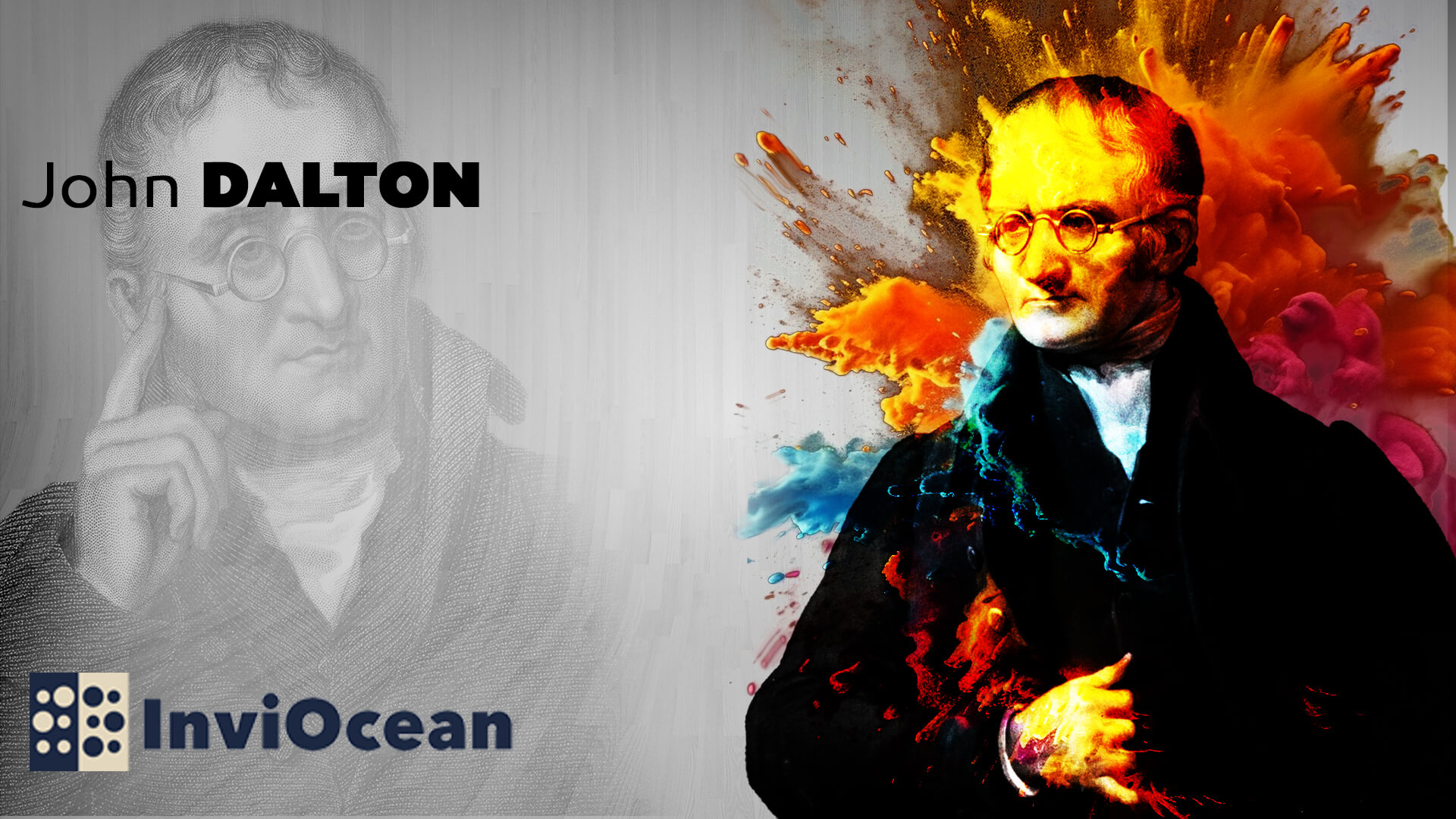
John Dalton
John Dalton, a renowned English scientist, is widely recognized for his groundbreaking contributions to the field of chemistry and physics. Born on September 6, 1766, in Eaglesfield, Cumberland, England, Dalton’s work laid the foundation for the modern understanding of atomic theory.
Despite his significant scientific achievements, one notable aspect of Dalton’s life was his personal experience with color blindness. Dalton was red-green color-blind, a condition that impairs the ability to distinguish between these particular colors. This condition, also known as Daltonism, was first described by Dalton himself.
Dalton’s interest in color vision arose from his own perception of the world. In 1794, he published the first scientific paper on color blindness, “Extraordinary facts relating to the vision of colours, with observations.” Dalton’s paper described his own color vision deficiency and provided an early insight into the genetics of the condition. He also noted its prevalence among male members of his family.

Bing Crosby
Bing Crosby, an iconic American singer and actor, left an indelible mark on the entertainment industry during the 20th century. Born on May 3, 1903, in Tacoma, Washington, he became one of the best-selling recording artists and a good actor.
One interesting facet of Bing Crosby’s life was his experience with color blindness. Crosby was known to be color-blind, a condition that affects one’s ability to perceive certain colors accurately. Although it might seem like an inconspicuous detail in the life of a legendary entertainer, color blindness can have interesting implications, especially in an industry where visual aesthetics play a significant role.
Bing Crosby’s color blindness may have presented unique challenges in a visual profession, but it certainly did not diminish the brilliance of his performances or the impact he left on the world of entertainment. His enduring influence, both as a singer and actor, continues to be celebrated, showcasing the resilience and talent of a true showbiz legend.

Christopher Nolan
Christopher Nolan, the acclaimed filmmaker known for his mind-bending narratives and visually stunning films, carries a unique perspective not just in storytelling but also in his perception of color. Nolan is colorblind, a condition that impacts his ability to see certain hues accurately.
Celebrities who are color blind often highlight how their unique perspective influences their lives and careers. In Nolan’s case, this condition adds an interesting layer to his creative process, considering filmmaking is an art form that heavily relies on visual aesthetics, including the strategic use of color.
Nolan has demonstrated an unparalleled mastery of visual storytelling, creating cinematic experiences that captivate audiences worldwide. His films, such as “Inception,” “Interstellar,” and “Dunkirk,” are characterized by their intricate plots, innovative use of practical effects, and distinctive visual styles. While color plays a crucial role in filmmaking, Nolan’s storytelling prowess transcends the traditional reliance on vibrant palettes.
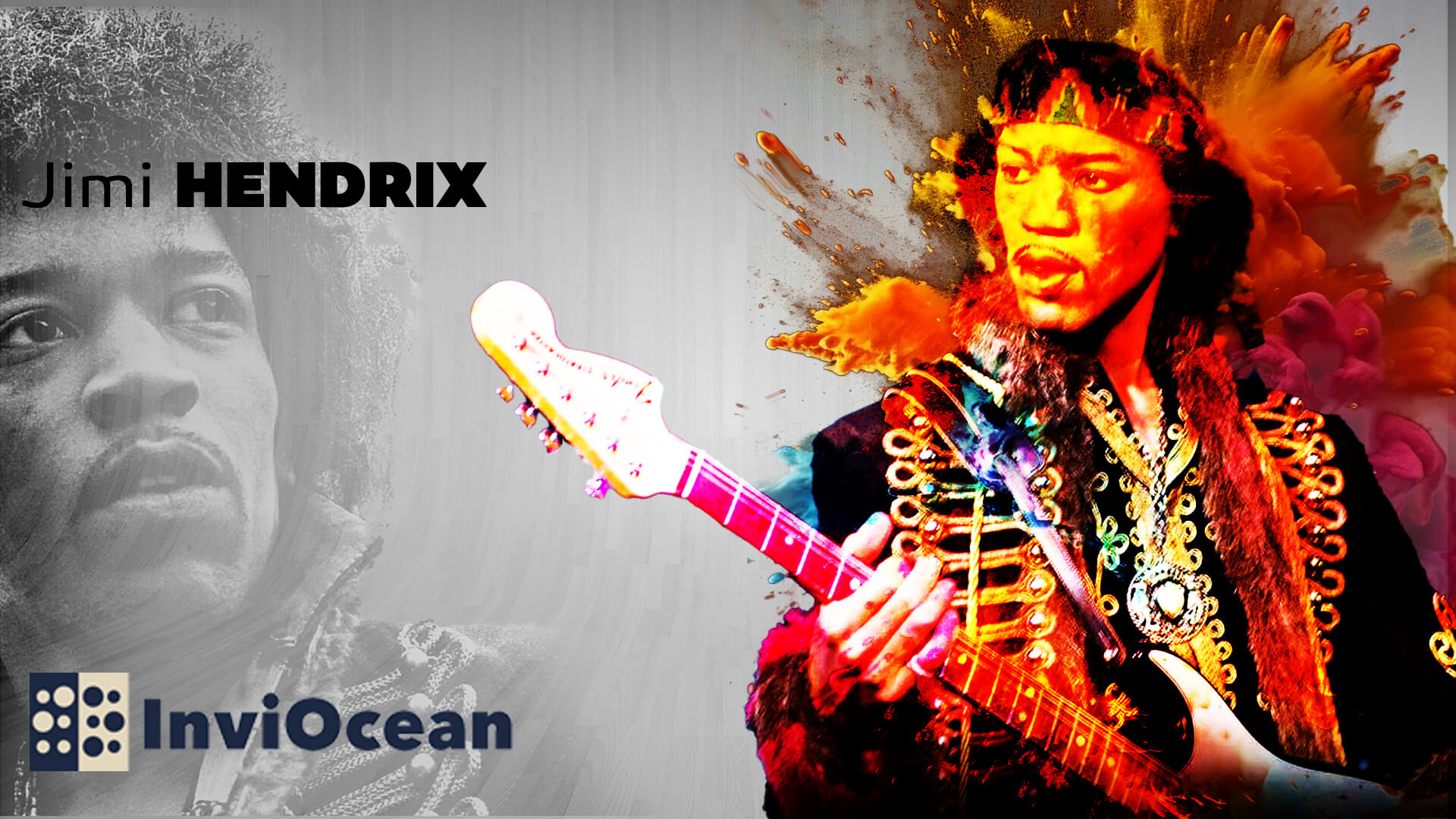
Jimi Hendrix
Jimi Hendrix, the legendary guitarist and musical icon, was known not only for his groundbreaking contributions to rock music but also for his unique perspective on color. Hendrix was colorblind, a condition that influenced his perception of the world, including the vibrant hues of his iconic stage performances.
Color blindness, or color vision deficiency, is a visual impairment that impacts an individual’s ability to distinguish certain colors accurately. In Hendrix’s case, this condition did not hinder his ability to create some of the most influential and innovative music in the history of rock.
Despite his colorblindness, Hendrix’s creativity and musical genius flourished. His ability to manipulate the guitar and push the boundaries of sound set him apart as a revolutionary figure in the music industry. Whether performing his iconic rendition of the national anthem at Woodstock or creating timeless classics like “Purple Haze” and “Voodoo Child,” Hendrix’s impact extended far beyond the limitations of color perception.
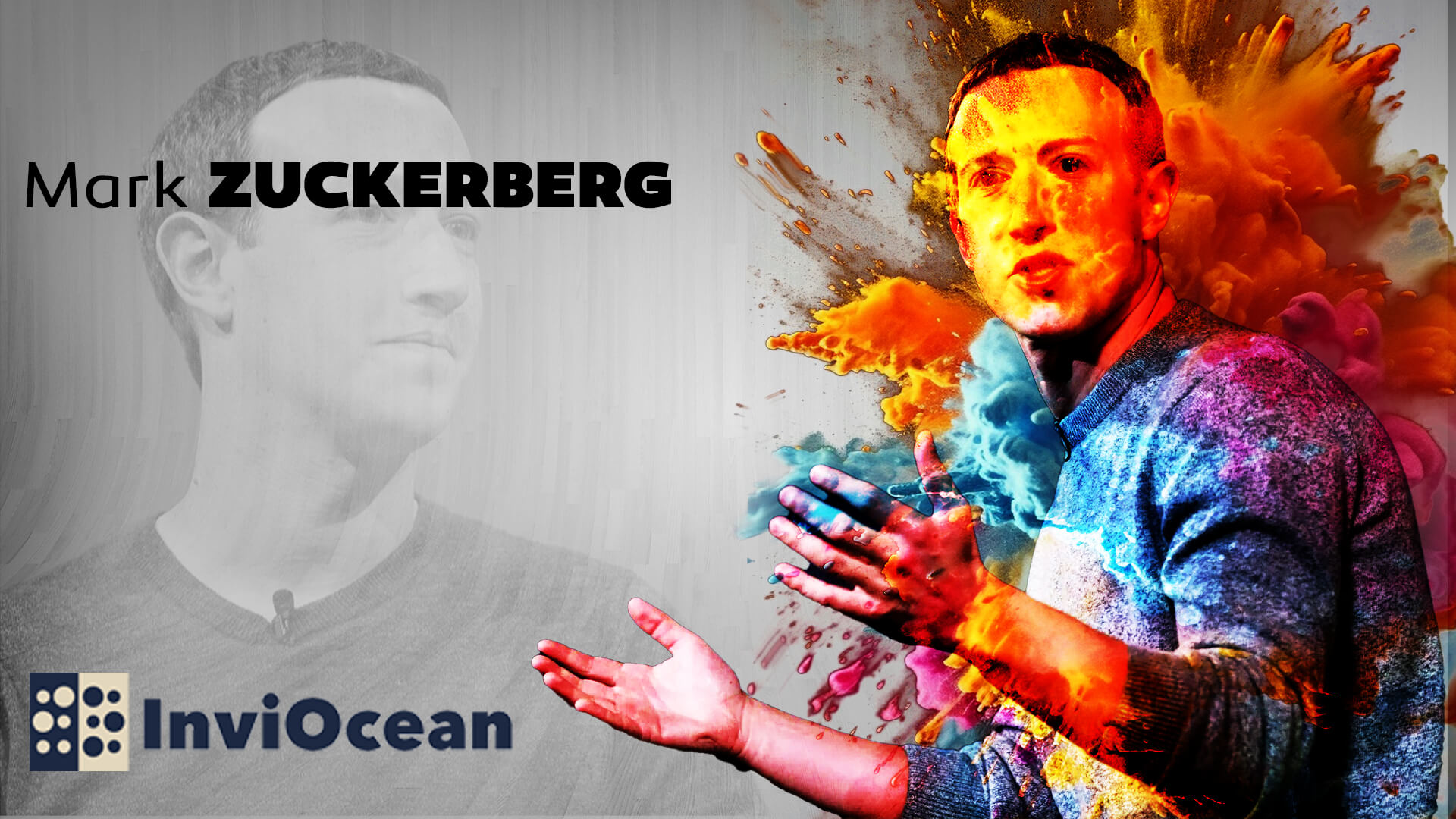
Mark Zuckerberg
Mark Zuckerberg, the co-founder and CEO of Facebook, is known not only for his role in shaping the landscape of social media but also for a unique aspect of his personal life – his experience with color blindness. Zuckerberg has red-green color blindness, a condition that affects his ability to perceive certain shades of red and green accurately.
Red-green color blindness is one of the most common forms of color vision deficiency, primarily affecting the ability to differentiate between red and green hues. Individuals with this condition may perceive these colors differently or have difficulty distinguishing them in certain contexts.
Zuckerberg’s approach to design and user interfaces has also been influenced by his color vision deficiency. Facebook’s blue color scheme, chosen by Zuckerberg, is partly attributed to his ability to see the color blue more distinctly than red or green. This decision reflects a strategic consideration for user experience and accessibility.

Rod Stewart
Rod Stewart, the iconic British rock singer known for his raspy voice and energetic performances, is open about his experience with color blindness. Color blindness, also known as color vision deficiency, is a condition that impacts a person’s ability to perceive certain colors accurately.
Stewart, like many individuals with color blindness, faces challenges in distinguishing between specific colors, particularly those in the red and green spectrum. This condition is often inherited and results from the absence or malfunction of certain color-sensitive cells in the eyes.
Color blind celebrities prove that differences in vision do not limit one’s potential for success. Stewart has enjoyed a successful and enduring career in the music industry. His contributions to rock and pop music have made him a global sensation, with hits spanning several decades. Stewart’s distinctive voice, combined with his charismatic stage presence, has endeared him to audiences worldwide.
Color blindness does not define Stewart’s abilities or limit his artistic expression. Over the years, he has embraced his condition and continued to create music that resonates with fans across generations. Stewart’s openness about his color blindness serves as a reminder that individuals can overcome challenges and pursue their passions regardless of certain limitations.
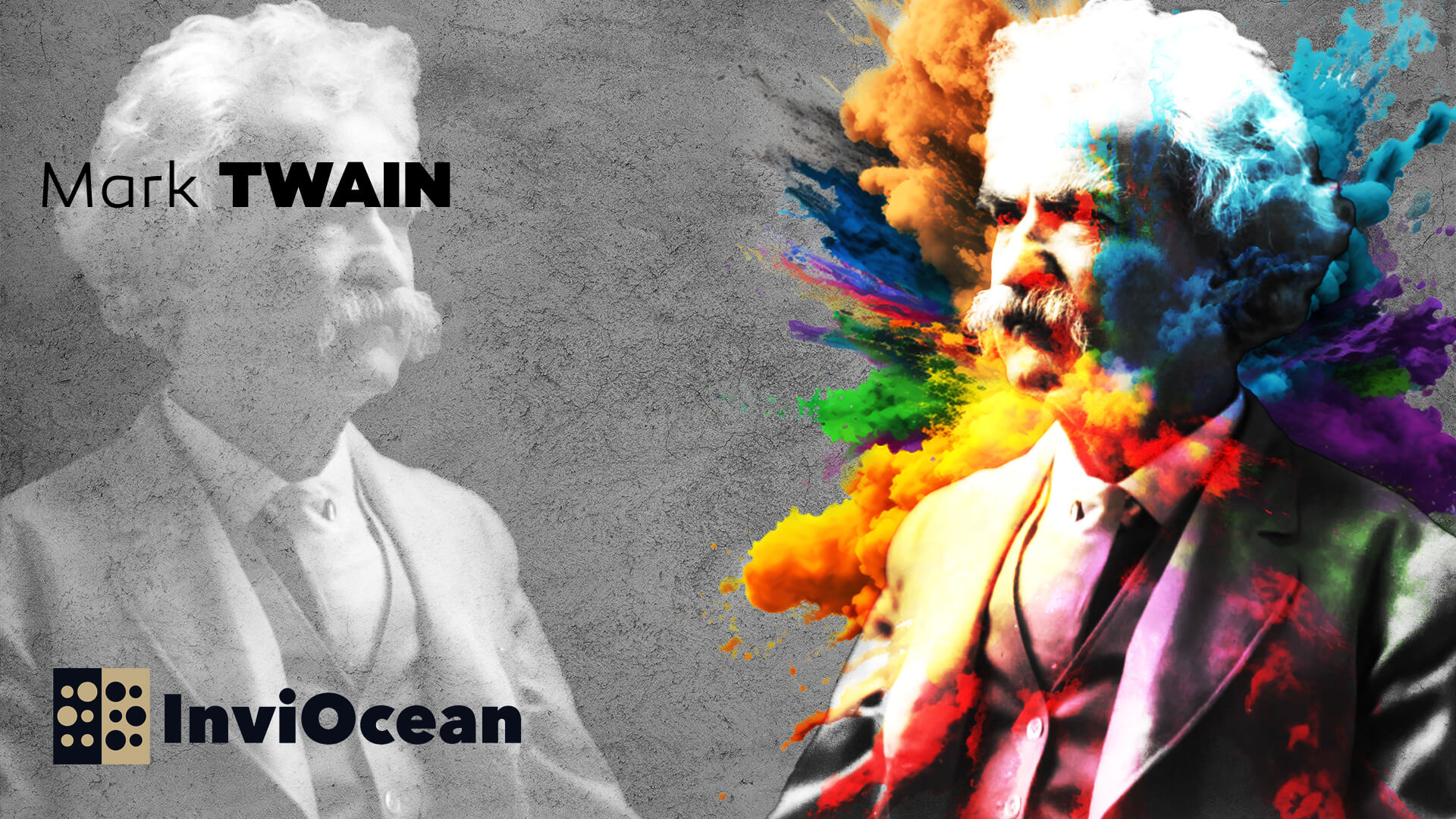
Mark Twain
Learn about the experiences of famous people who are colorblind and how it shapes their perception of the world. Mark Twain, the legendary American author and humorist, was known for his literary contributions, wit, and unique perspective on life. Twain, whose real name was Samuel Langhorne Clemens, had a fascinating life marked by creativity and a keen sense of humor. While his legacy primarily revolves around his literary works, it is worth noting that Mark Twain also experienced color blindness.
Color blindness, or color vision deficiency, is a condition that affects a person’s ability to perceive certain colors accurately. In the case of Mark Twain, it is believed that he had difficulty distinguishing between certain colors, particularly reds and greens, which are commonly affected in individuals with color vision deficiency. Learn more facts about how common color blindness is in our blog.
Twain’s color blindness did not deter him from achieving greatness in the literary world. He is best known for classics such as “The Adventures of Tom Sawyer” and “Adventures of Huckleberry Finn,” works that continue to be celebrated for their insight into the human condition and social commentary.
Colorblind individuals might be good in spotting subtle changes in texture or patterns. This is valuable in activities like hunting. Sych people might also find success in various career paths where color perception isn’t crucial.
There’s a wide array of jobs suitable for those with colorblindness. This includes roles in technology, such as software development, as well as positions in data analysis, finance, and legal professions. Careers in education, culinary arts, writing, and acting are also viable options. Essentially, many professions, ranging from trades to social work, can accommodate colorblind individuals.
There’s speculation that Albert Einstein may have had red-green color deficiency. It’s suggested by anecdotes from his life where he had difficulty with certain visual tasks. However, this is more anecdotal than confirmed fact.
